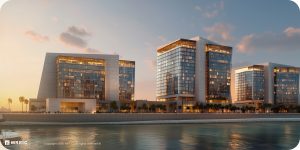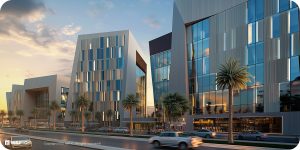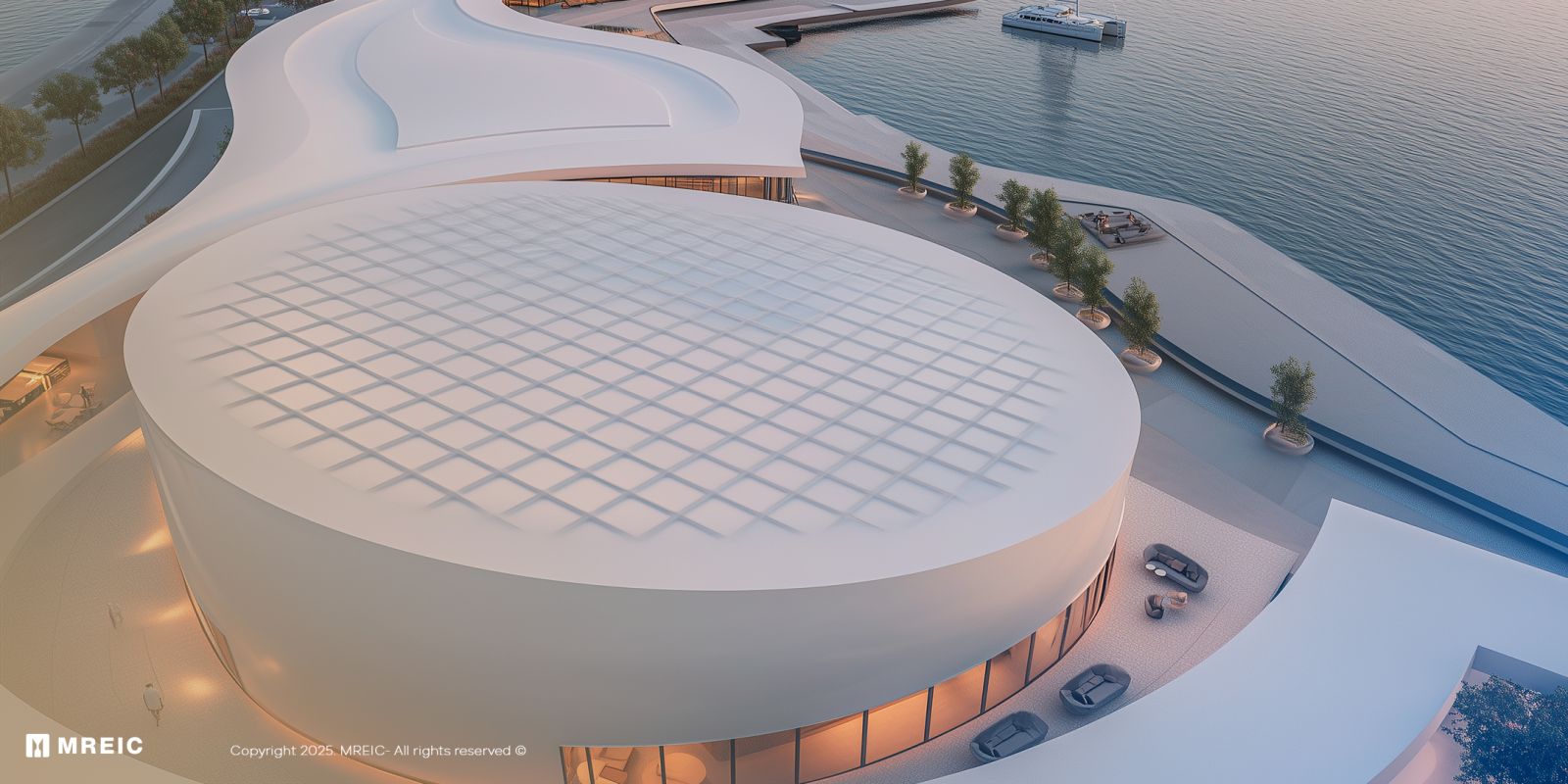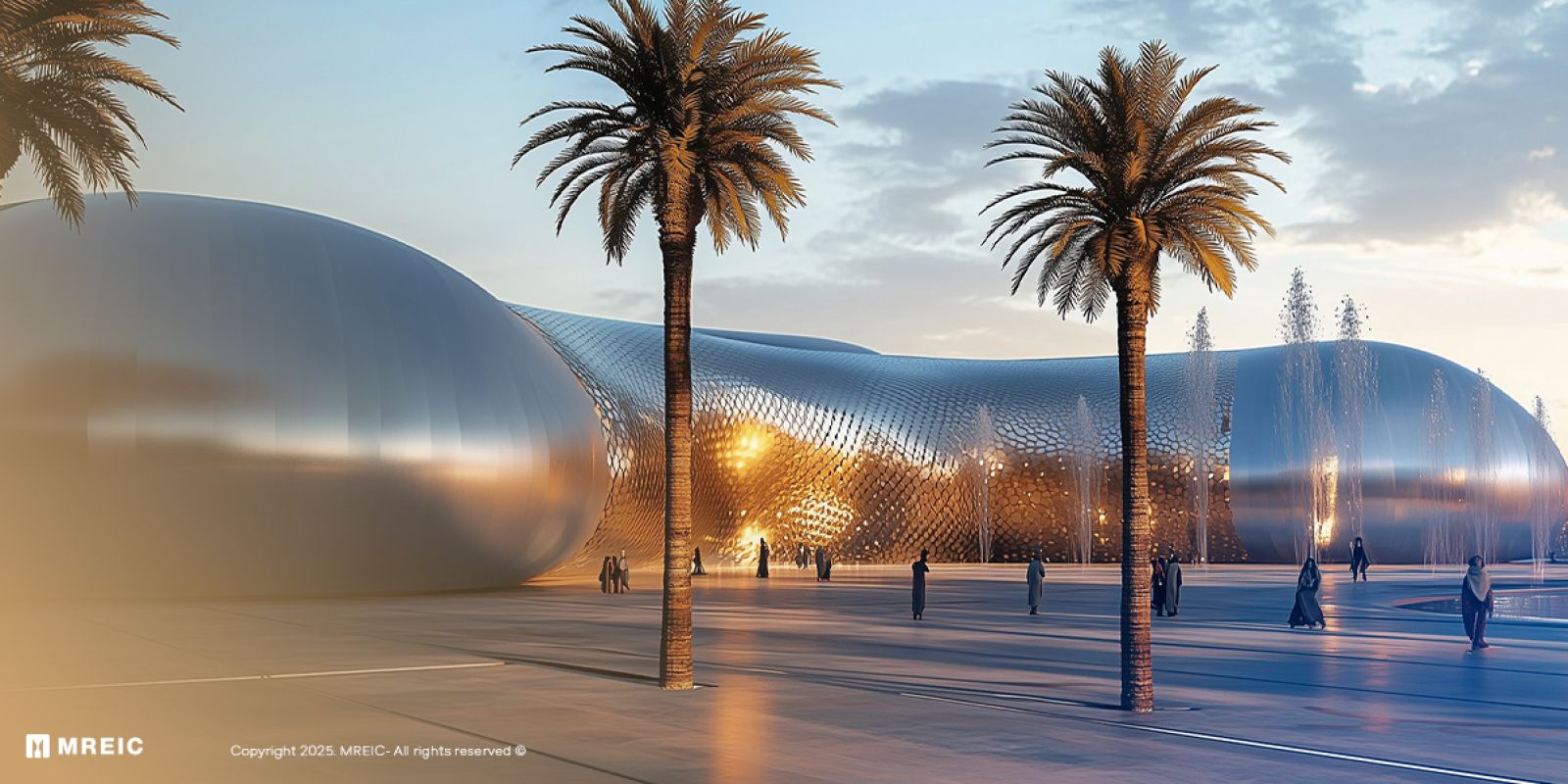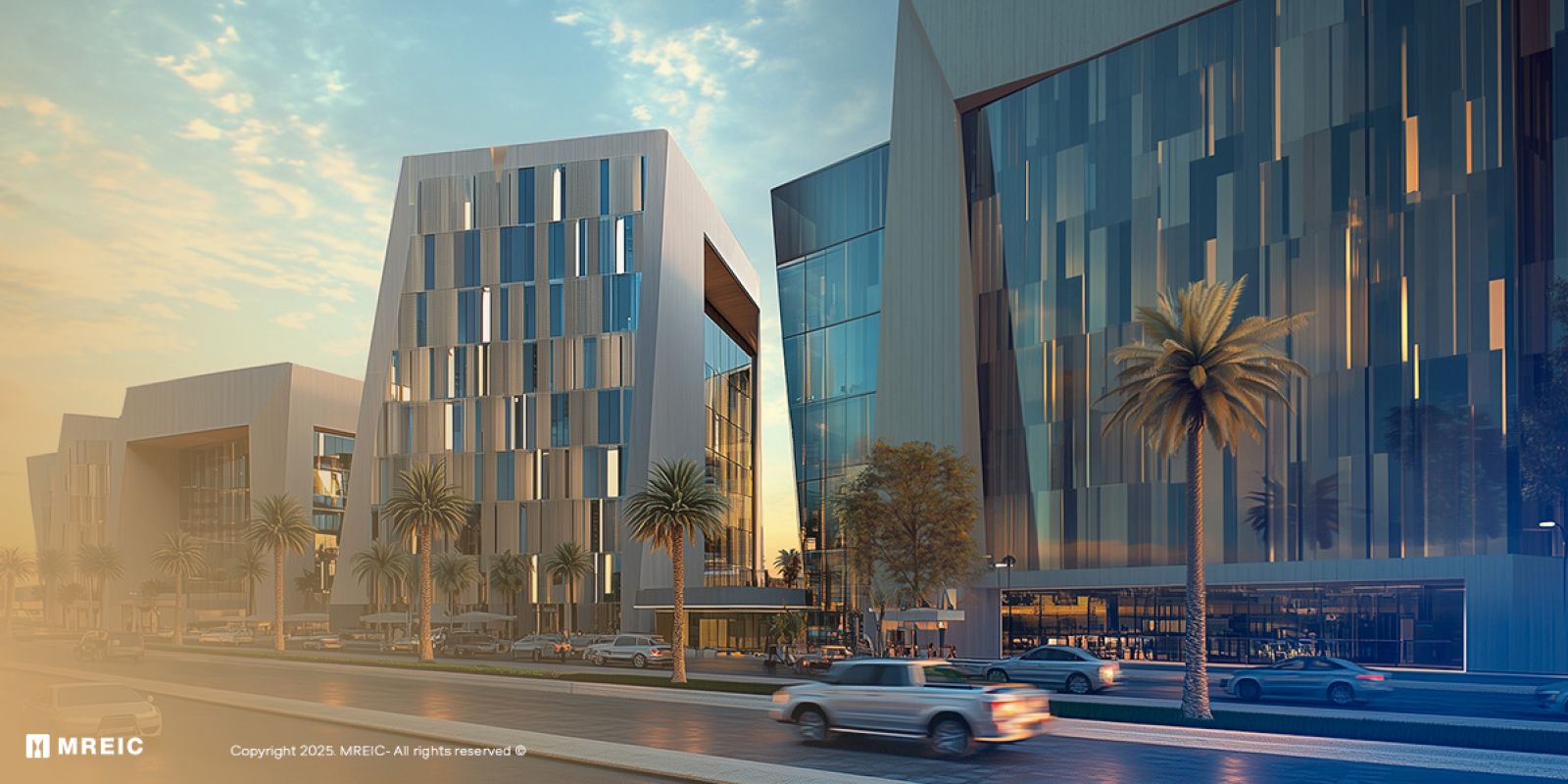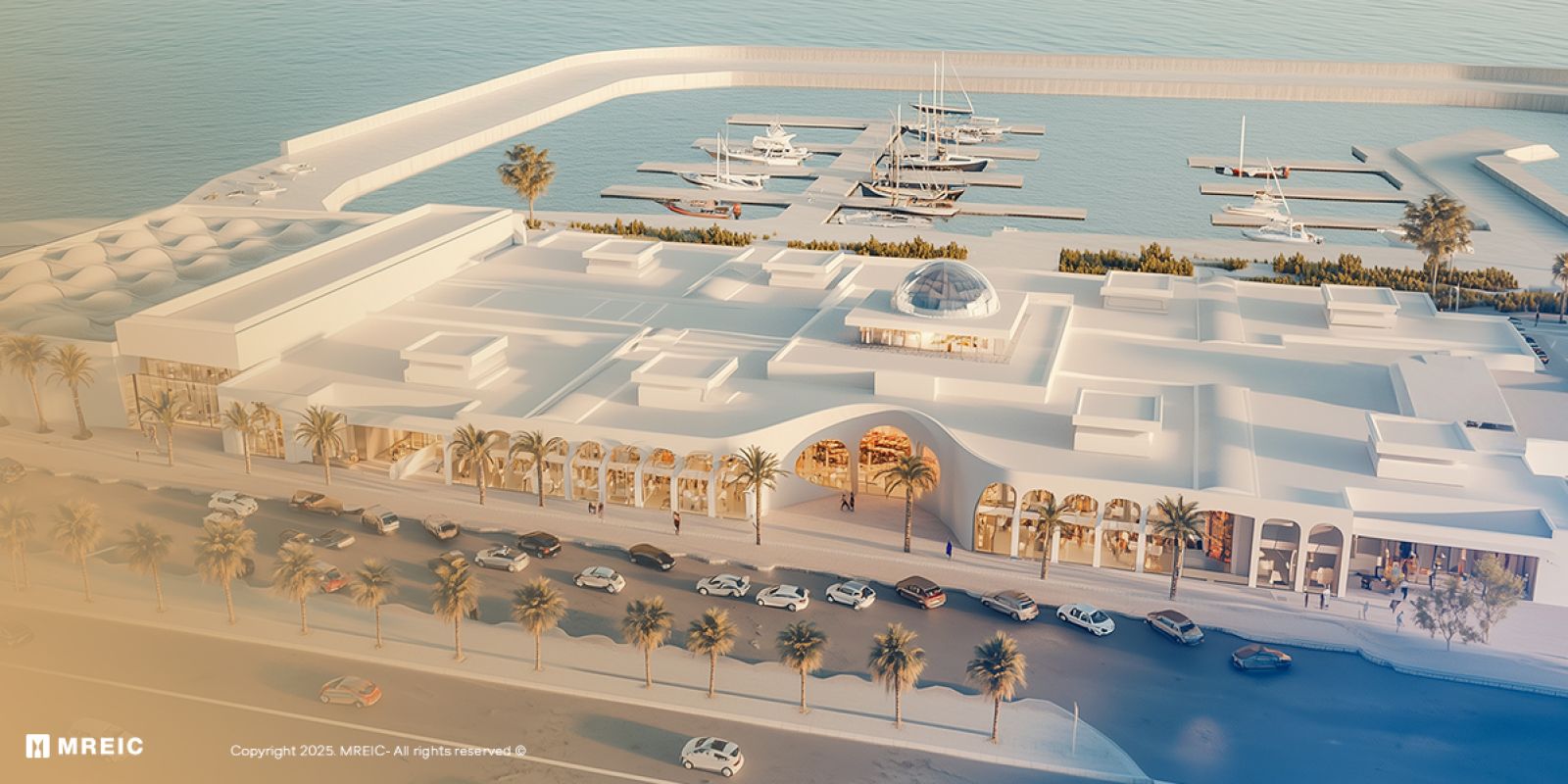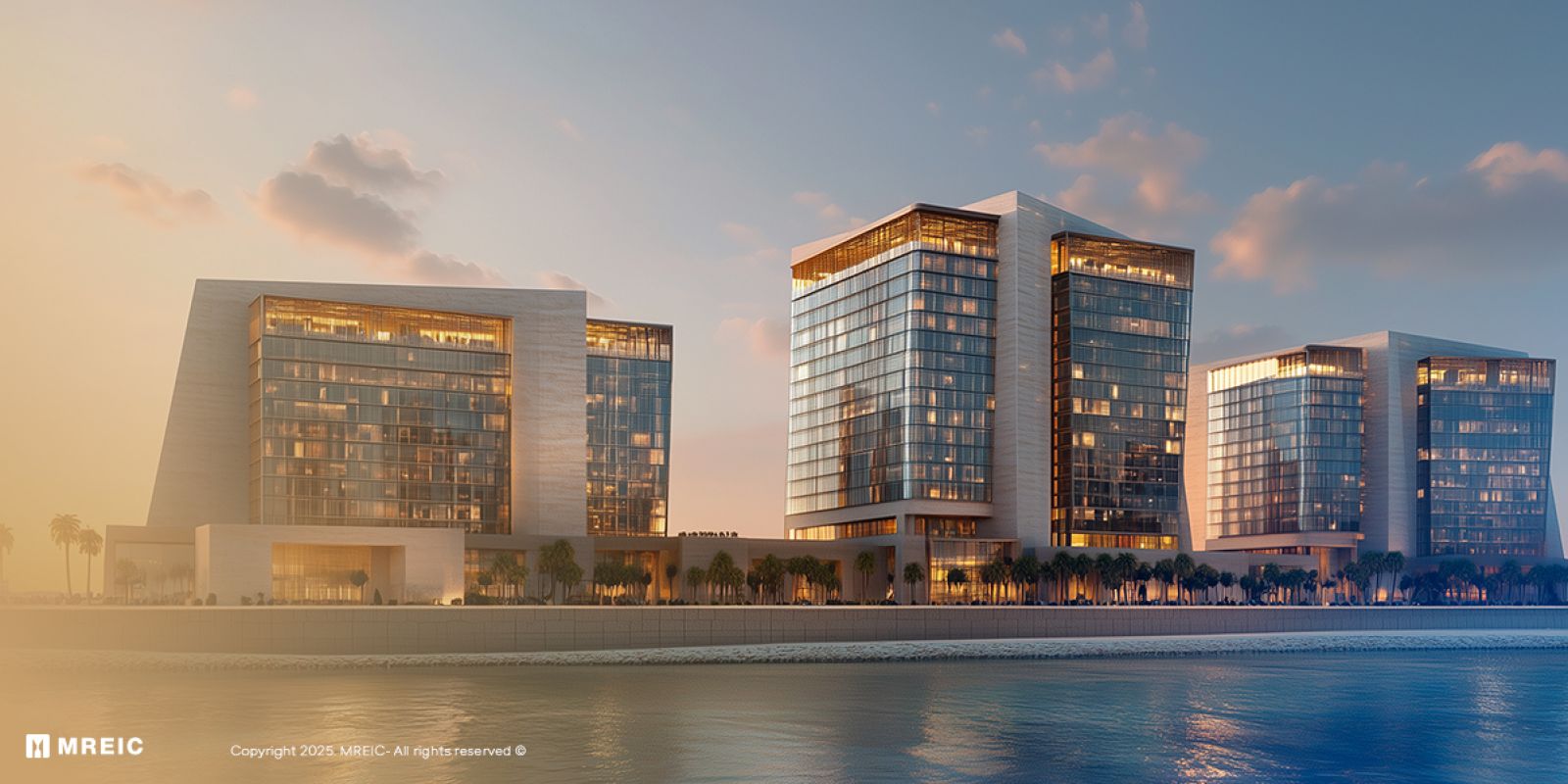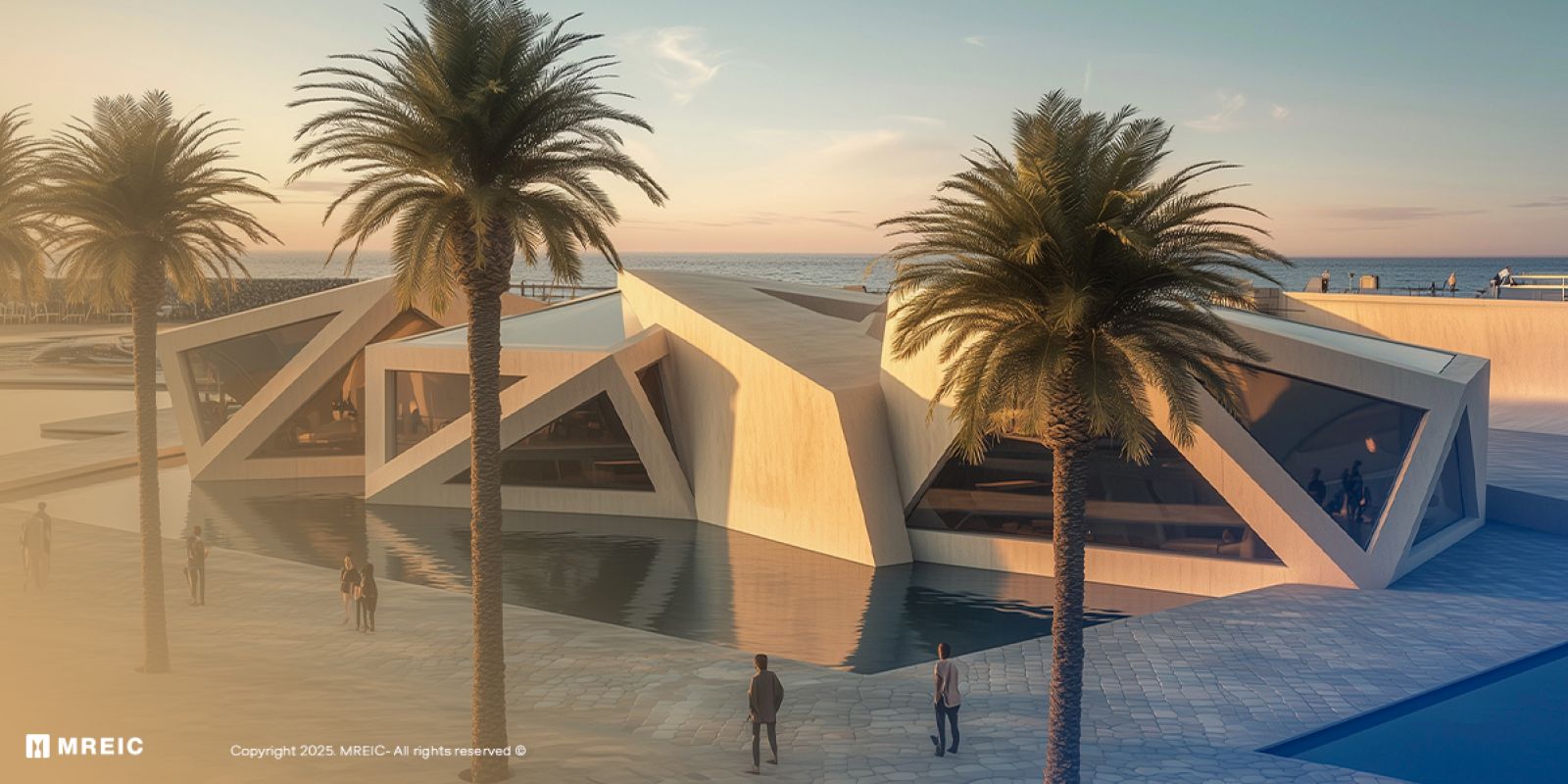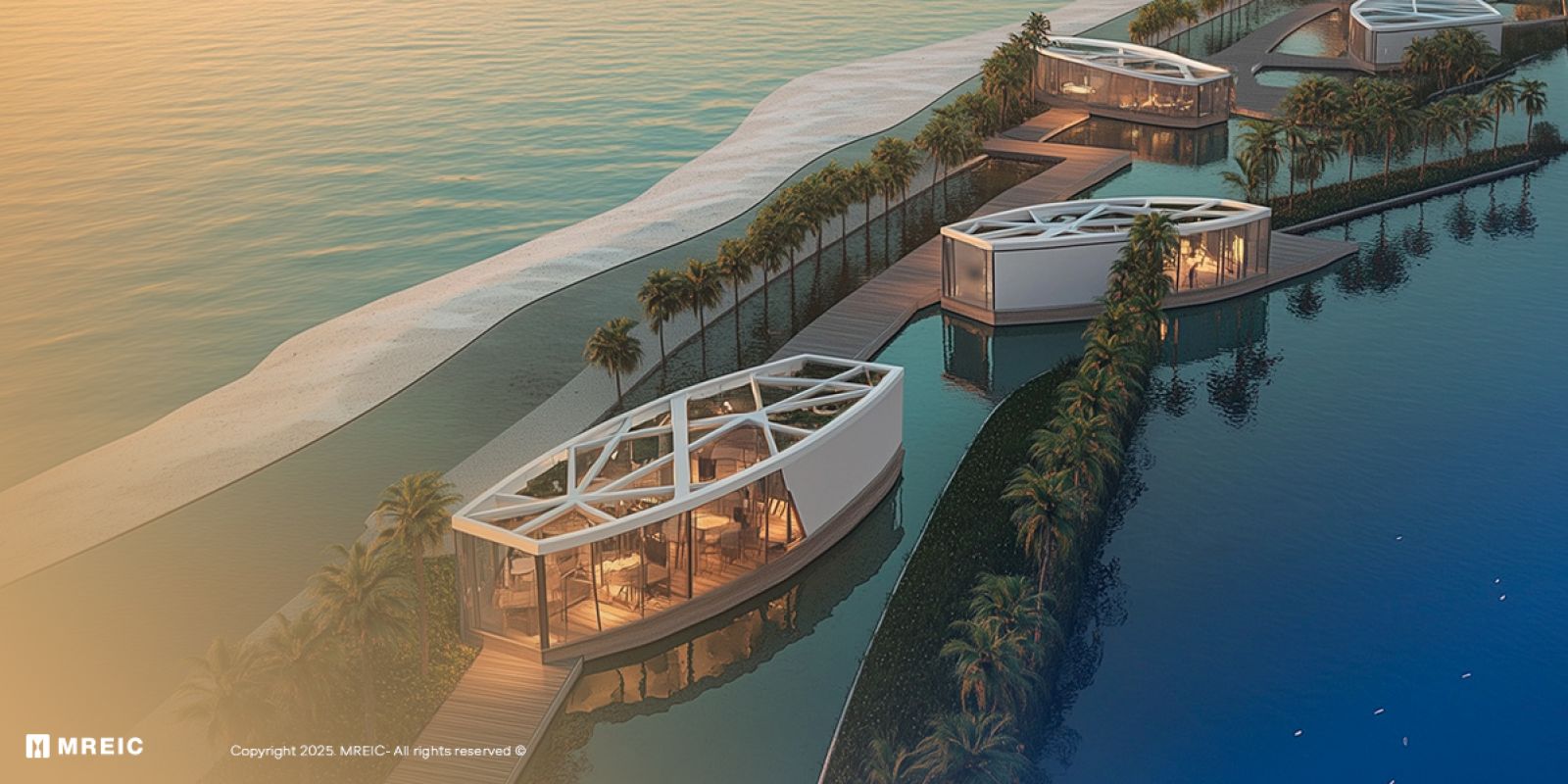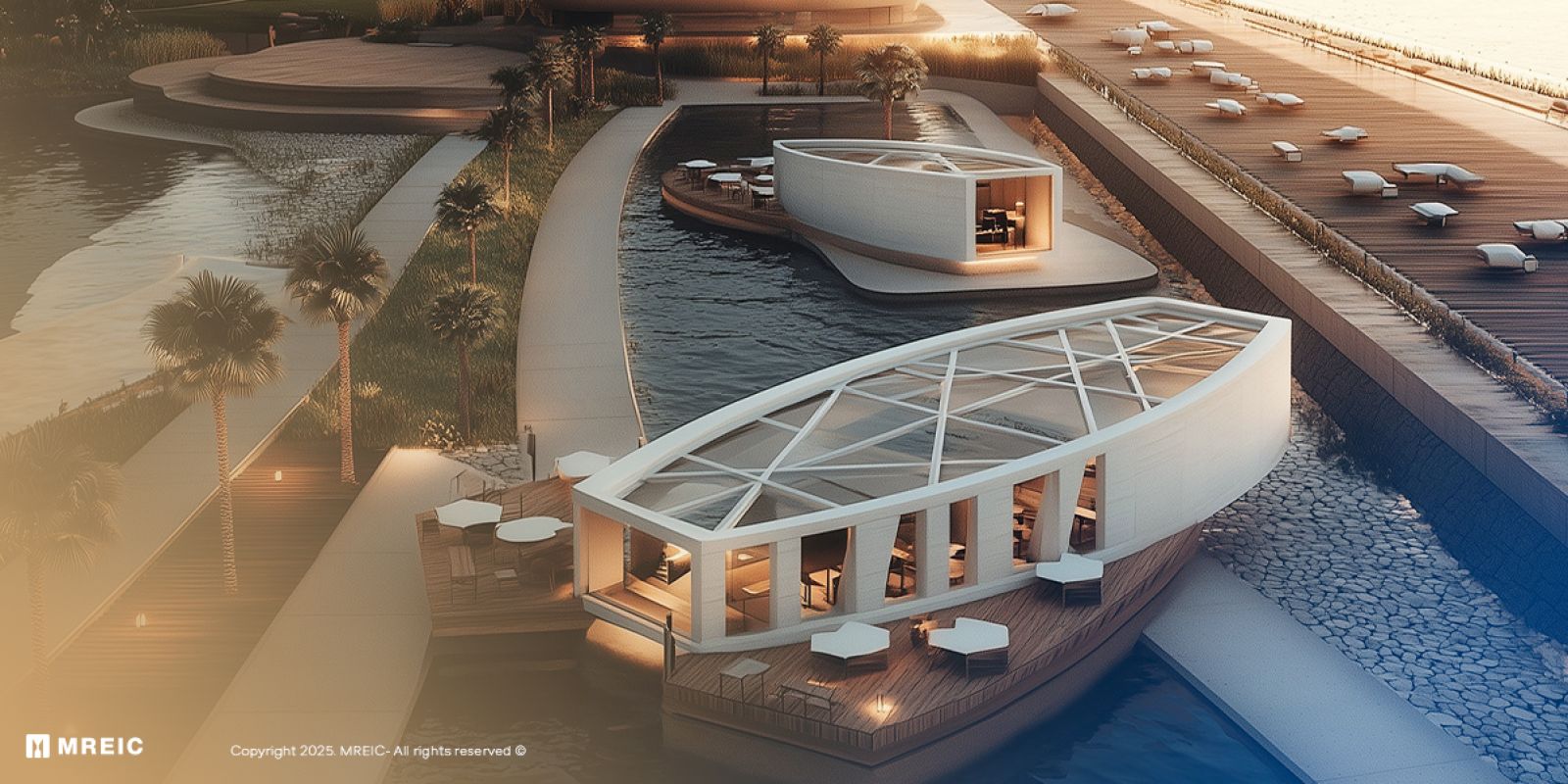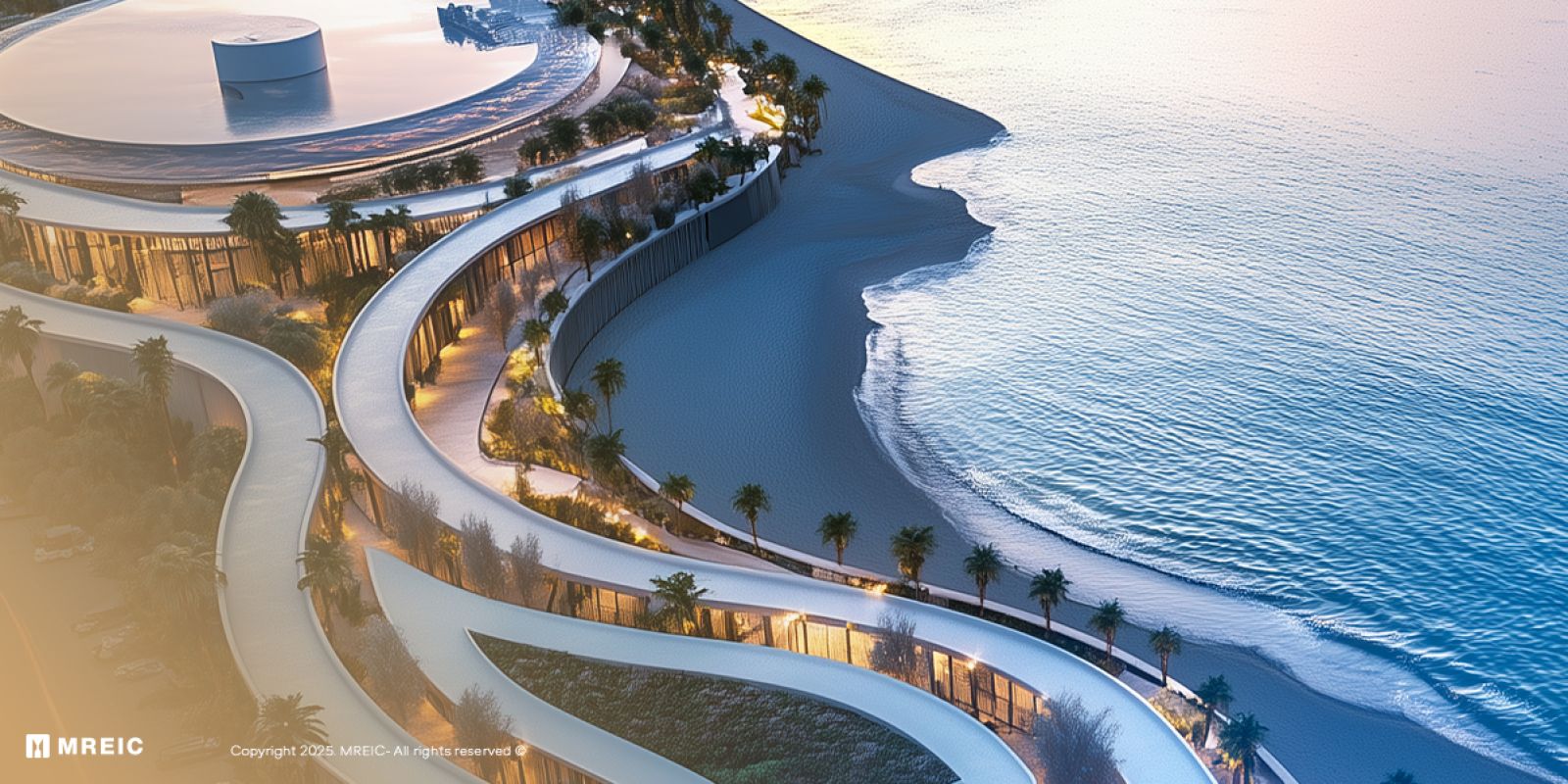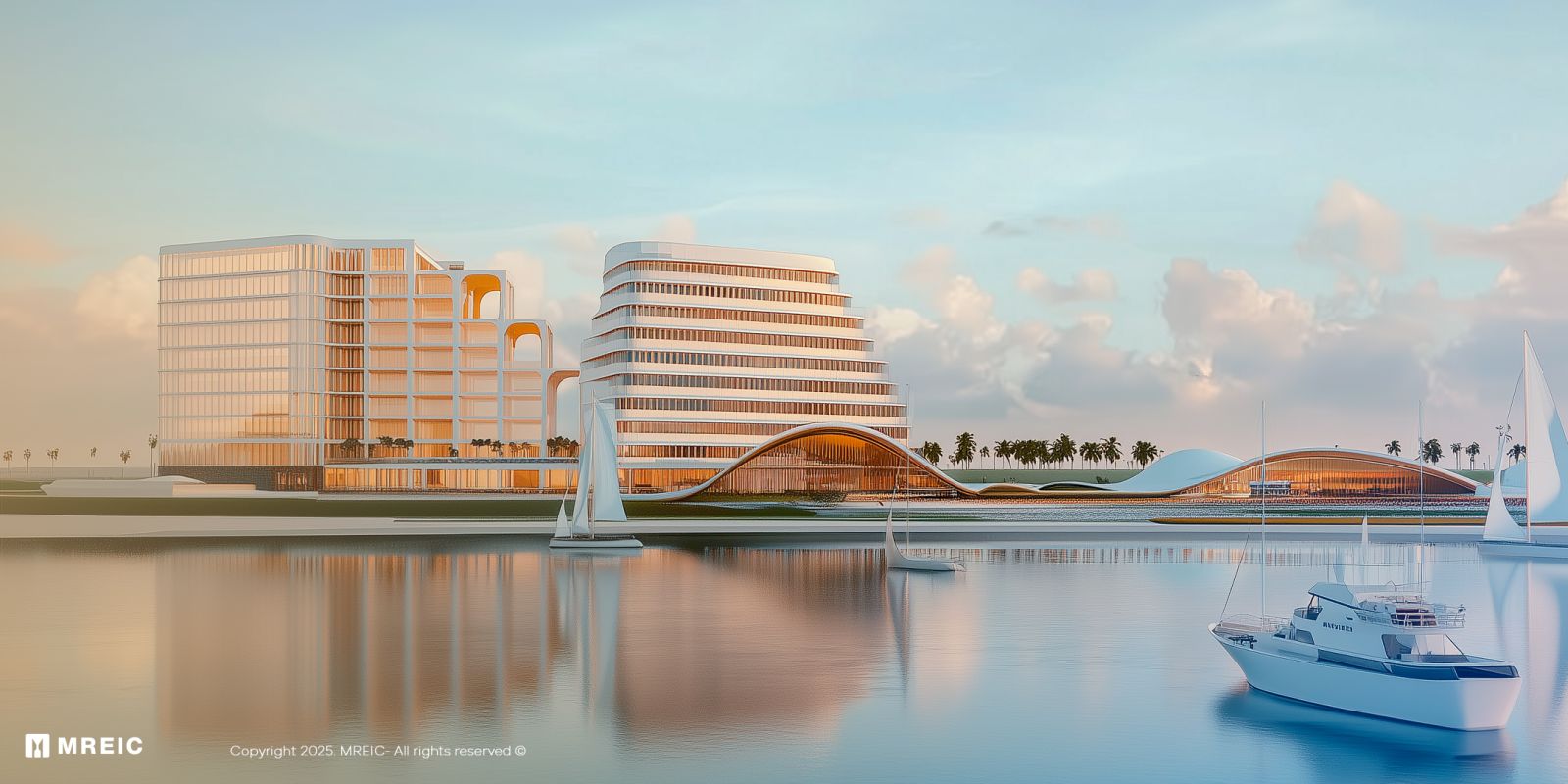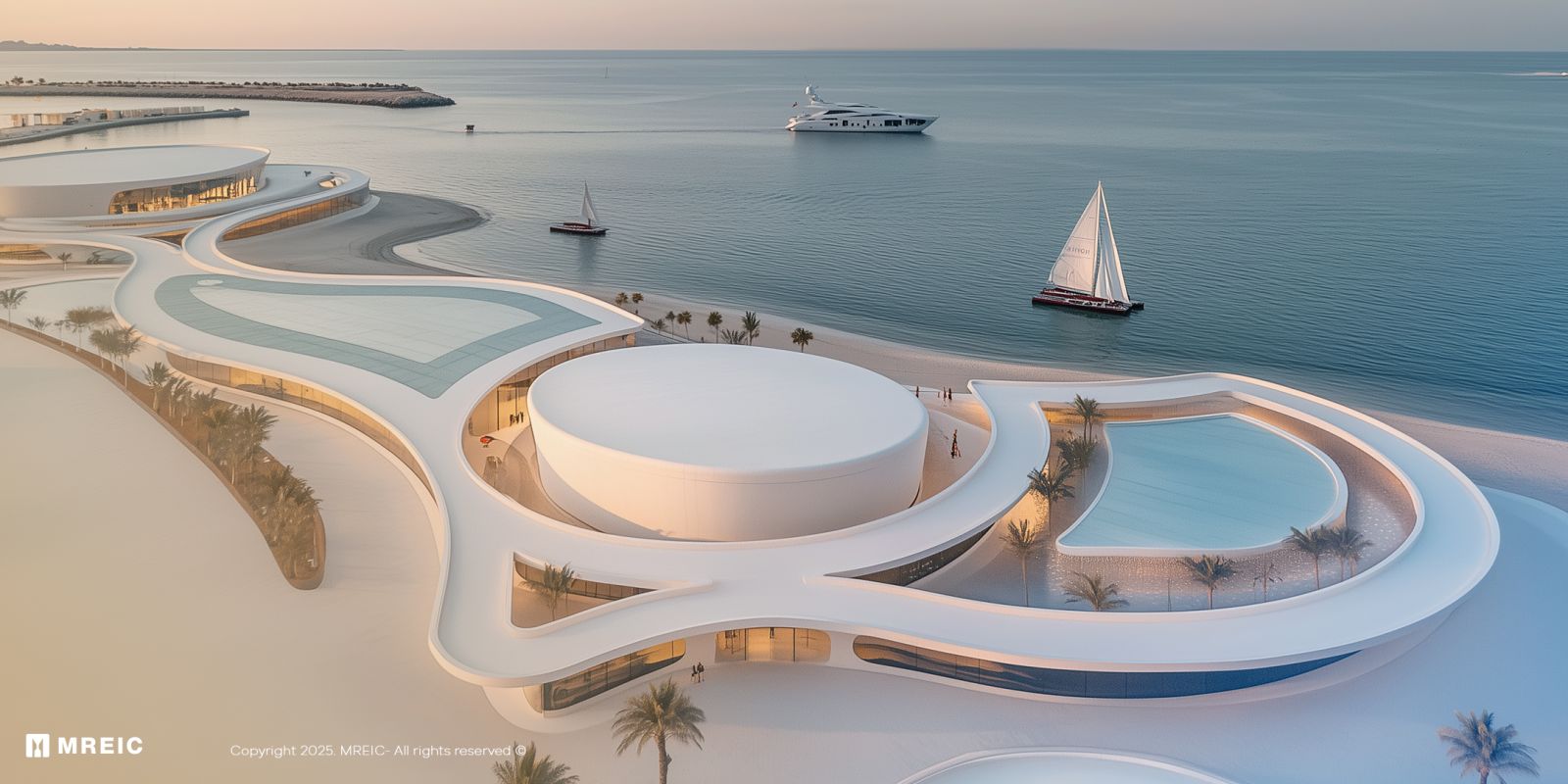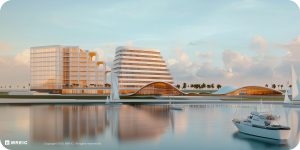Tripoli Seafront Redevelopment
Tripoli Seafront Redevelopment is MREIC’s landmark coastal regeneration project, designed to transform the historic Shat Road waterfront and set a new standard for integrated urban development in Libya. This ambitious mixed-use masterplan artfully combines premium hospitality, innovative office spaces, vibrant retail, and lively public realms to restore Tripoli’s connection with the Mediterranean Sea while fuelling economic and cultural renewal.
Quick Facts
- Location: Eastern seafront, Tripoli
- Site area: 34 hectares
- Hospitality: 250-key conference hotel & 120-key boutique marina hotel
- Offices: Four mid-rise smart towers
- Retail: Two-level mall with rooftop park
- Project phase: Enabling works begin Q4 2025
Vision & Context
The redevelopment occupies a stretch of shoreline that once separated Tripoli from the sea with busy carriageways and ageing port sheds. By burying service roads, re-routing freight traffic, and introducing a continuous, landscaped promenade, the project literally rolls back the city grid to the water’s edge. The public realm flows from shaded civic plazas into pocket gardens and windswept boardwalks, framing uninterrupted Mediterranean vistas while shielding pedestrians from summer heat. Architectural massing steps down toward the coast, preserving long axial views from Shat Road and adjacent heritage districts. Layered beneath the surface, a next-generation storm-water and grey-water recycling network bolsters climate resilience and keeps fountains running year-round with zero potable demand. Together, these moves re-establish a daily, democratic relationship between Tripolitans and the sea—something the capital has lacked for half a century.
Key Components
Two distinct hotels book-end the waterfront: a 250-key conference hotel with a signature sail-shaped atrium that doubles as the city’s premier events venue, and a low-rise, 120-key boutique marina hotel whose cascading terraces recall traditional Libyan seafront houses. Four smart-office towers, interconnected by sky-bridges, create a fintech-ready commercial campus with column-free floors, operable façades, and AI-driven energy management. Retail is anchored by a sculptural, wave-roof mall that stitches seamlessly into the public promenade; its rooftop park offers sunset dining and an elevated jogging track overlooking the harbour. At the site’s eastern tip, the century-old fishermen’s village is sensitively restored into a culinary courtyard and craft market—ensuring authentic maritime culture permeates a thoroughly contemporary masterplan. Every building meets LEED Gold targets, and all car traffic disappears into a two-level basement, freeing the ground plane for people, bicycles, and electric shuttles.
Strategic Impact
Economically, the development injects an estimated 8,500 construction jobs and 4,200 permanent roles across hospitality, office, and retail sectors, while catalysing hundreds of SME support businesses. Tourism receipts are projected to rise by 18 % within three years of opening, helped by direct cruise-ship berths integrated into the quay. Socially, the scheme gifts the city two hectares of fully public waterfront open space—Tripoli’s largest since Independence Park—complete with amphitheatre seating for cultural festivals and open-air cinema nights. From an ESG perspective, green roofs, district cooling, and building-integrated photovoltaics trim operational energy by 25 % versus ASHRAE baseline, translating into 12,000 tonnes of avoided CO₂ annually. The project also pioneers a blue-carbon pilot: intertidal planting beds that sequester an additional 200 tonnes of CO₂ per year. Collectively, these impacts diversify Tripoli’s hydrocarbon-heavy economy, elevate its global image, and set a replicable benchmark for coastal regeneration across the southern Mediterranean.
Project Status
Following unanimous concept approval by the Municipal Council and National Planning Authority, the project has entered detailed design with a multidisciplinary team led by AECOM and Gensler MENA. Environmental Impact Assessment (EIA) scoping is complete, and baseline marine ecology surveys are underway in partnership with Misurata University. Community stakeholder workshops—covering fishermen, nearby residents, and micro-vendors—have commenced to refine retail mix and heritage-village programming. Procurement for enabling works is in market, with tender documents released to four pre-qualified local contractors; contract award is targeted for November 2025. Shoreline stabilisation and utility diversions will break ground immediately thereafter, allowing main construction to mobilise in Q2 2026. Meanwhile, the investor roadshow has secured 60 % of required equity commitments, signalling strong institutional confidence in the scheme’s viability.
